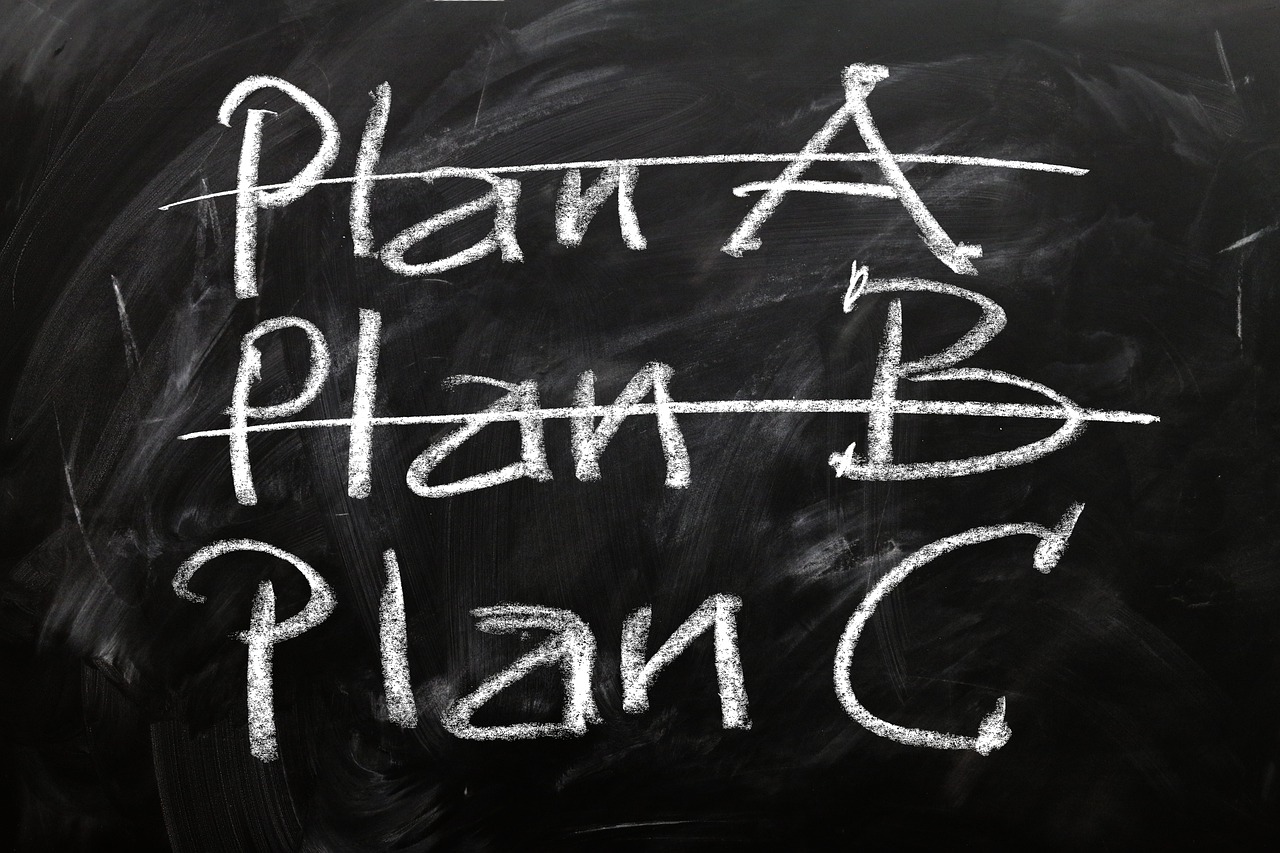Question:
What is your relationship to change? Do you find it frightening? Stressful? Do you embrace pleasant changes, and reject the painful ones? Or do you just freak out? I don’t need to tell you that life is constantly changing. Just glance through a 7th grade history book and you’ll see nothing but change… empires, civilizations, entire cultures vanishing into thin air. All of which seemed remarkably stable at the time.
Go back a little further and you’ll see the formation and disappearance of entire planets, galaxies, solar systems. This perspective can be unsettling, even overwhelming, when we consider our own small place in the big picture. Yet, somehow we’re often seduced by the illusion that our lives are solid and stable. A false protective bubble can wall us in from reality, and then the bubble can violently burst when Big Change inevitably happens.
Mindfulness is a powerful antidote to this Hallucination of Perception, as the Buddha called it 2600 years ago. And, it can be a powerful ally when we are facing major change. But how? Surprisingly, we can train our minds for the catastrophes of life by observing the momentary fluctuations in our experience happening right now. Body sensations, thoughts, feelings, the in-breath and out-breath… everything in constant flux. Mindfulness gives us a front row seat to observe the micro-changes of life in real time. And seeing them up close, clearly, over and over, somehow prepares us in a deep way for the macro-changes of life. In jobs, health, relationship, family, and financial changes… all of which can topple us over if we’re not grounded. For some, it the the death of loved ones that really knocks us off our feet.
I learned how difficult change can be first hand when I was abruptly struck down with a chronic illness. Suddenly, I was forced to leave a successful career in network television I had built for years along with a lifestyle that I loved. The worst part was losing the identities I was most proud of. The successful self. The tireless self. The creative self. The financially secure self. All gone in one fell swoop. Without them, who was I? And what would I become?
Loss of identity is one of the hardest parts of change. The song “That’s Life!” by Frank Sinatra sums it up pretty well – “I’ve been a poet, a pauper, a pirate, a piper, a pawn and a king.” Isn’t this true for all of us? Who did you think you were in kindergarten? Or high school graduation? When you got married, or became a parent? Haven’t we already adopted and shed many different selves across our lifespan? These losses can be traumatic, and they can catapult us into full crisis mode.
That’s what inspired me to create a popular workshop called “That’s Life!” at NY Insight Meditation Center in New York City. Using Mindfulness, I walk people through how to be with major life transitions. It can help us to let go of clinging to who we think we are, and create space for something new, and potentially awesome, to grow. The big question: how do we let go? Mindfulness shows us directly the price of holding on too tightly. It’s kind of like telling a 4-year-old to not touch a hot stove. That may or may not work. But when the child actually touches it, and understands the cost, she will never touch it again. The learning is direct and deep, and you can practice with the small stuff in order to learn how to let go of the big stuff.
Here are two ways to do that. First, in your regular meditation time, or when you’re out in the world, decide to pay attention to change. This could mean listening to sounds, watching your thoughts, or observing the in-breath and out-breath. See if you can observe change with relaxed awareness. For example, letting go of an exhale when there’s tightness, or when the “change” is intense back pain, or when you think about politics. In those moments, ask what does it feel like in the body to hold on in this way? Is it possible to breathe into the experience with kindness for yourself, and cultivate a little spaciousness and looseness? Try this around a hundred times. Really feel what it feels like to hold on, and what it feels like to let go. Over and over and over again.
Second, one of the main examples where all of us hold on too tightly is to ideas and opinions, especially about ourselves, who we think we should be, and our purposes in life. When some thought about yourself comes up in meditation (or in regular life), or some anxiety about change, see if you can cultivate “Don’t Know Mind.” When your mind is doubtful or over-confident about your experience, try silently repeating the phrase “Don’t Know” each time this happens. “Don’t Know. Don’t Know.” Trust in the mystery of not knowing. This can be a powerful antidote to a clinging or confused mind.
I used these techniques during my own major life transition many years ago, and found them to be remarkably helpful. When I look back on that fertile period, I can see how mindfulness shaped my life in ways that were mysterious and profound, and I can see how it opened me up to things I could never have imagined. When I ask myself now, how did I end up here? There’s only one true answer. Don’t Know.





